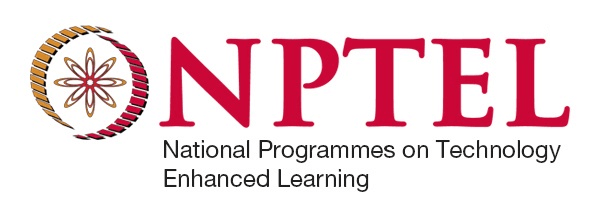What is the Full Form of NPTEL
NPTEL: National Programme on Technology Enhanced Learning
NPTEL stands for National Program for Technology Enhanced Learning. NPTEL (National Programme for Technology-Enhanced Learning), which is a project that is funded by the Ministry of Human Resource Development, is a joint venture of IITs and IISc. NPTEL has been providing self-study programs in sciences, humanities, and engineering streams for over 10 years. Various institutions have set up exclusive NPTEL local chapters that allow them to develop a positive connection with the NPTEL nodal office, as well as other colleges that are participating.

Overview of NPTEL
- Since March 2014, NPTEL has offered online certification of its courses. The highlight is the certification test through which students have the opportunity to receive a certification from IISc and IITs.
- Learning and enrolling in the course is free of charge.
- Helps students in assessing themselves compared to other students all over the country.
- The variety of programs and courses of study like Engineering, Science, Humanities, and Management are some of the subjects courses provided, which allow students to pursue their studies beyond their area of expertise and passion.
- Participating in NPTEL's online certification courses will improve their understanding and keep them up to date with the latest technological advancements.
- Students can discuss any doubts with the instructor through email, discussion forums, and other online platforms.
- The primary benefit of taking part in an online course offered by NPTEL is that students can evaluate and review their progress each week and also have questions clarified by the faculty in charge or by their mentors instantly to help them comprehend the subject more clearly.
Technology as a Saviour
- The flexibility of online Education permits both the teacher as well as students to determine their own pace for learning. It also gives the flexibility of establishing the schedule to fit every person's routine. This results in the best work-study-life balance.
- A variety of courses in a field that is as vast and broad as the Internet, endless knowledge, and subject matter are available to learn and teach.
- An increasing number of higher education schools and universities are preparing to provide web-based versions of their courses across a variety of disciplines and levels.
- It is more cost-effective than conventional learning. Lower money is invested, resulting in more outcomes. When you are using the Internet for learning, the amount spent on study materials and the cost of transportation is significantly lower.
- It provides a comfortable learning environment. Online learning lets students the opportunity to learn in an environment that is most suitable for them.
The other face of the Coin
- Insufficiently healthy learning environment: Education isn't only about classes but also interactions, the broadening of concepts, and free-flowing, open discussion. Students gain more knowledge from one another while participating in challenging tasks that require collectively working together.
- There is a lot of knowledge that is lost when Education is made online. Being glued to a screen blocks people from thinking, and they act as remote receptors of information that is broadcasted.
- Inaccessibility to technology is another issue. The reality is that not everyone who is able to afford to go to school will be able to own a computer, phone, or even an internet connection to take classes online. Because of this, the mental stress that students will endure will be quite high.
- Technology is not affordable for everyone, and a shift to online learning entirely is equivalent to violating the right to Education, as those who can't access the technology won't be able to get educated. Additionally, it is also true that the National Education Policy that talks about the digitalization of Education is also in conflict and direct contradiction with the Right to Education. Many people won't be able to access such Education.
- It also leads to eye problems. Younger students, particularly in the first and third classes, were the most likely to be affected by eye problems due to their constant viewing of mobile and computer screens for long periods of time.
- Other health problems, such as back pain and neck pain, can also occur due to poor posture and poor movement.
|

 For Videos Join Our Youtube Channel: Join Now
For Videos Join Our Youtube Channel: Join Now










